Rediscovering the Ancient Roots of Gokul Ashtami
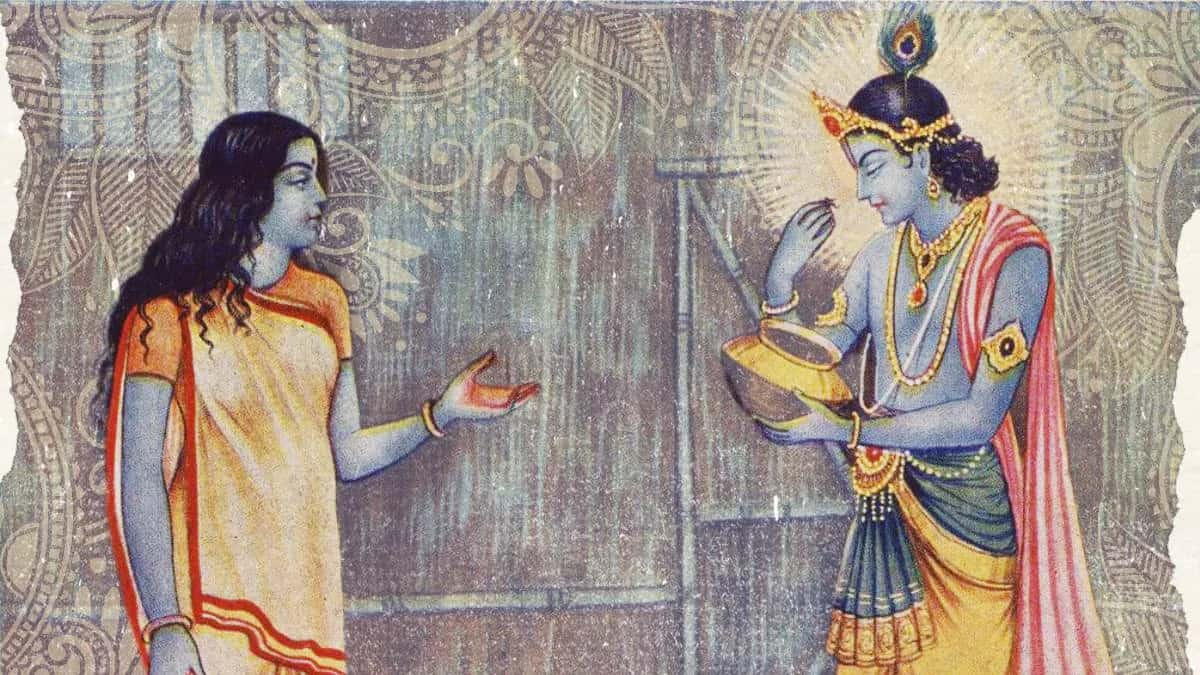
The Enigmatic Origins of Gokul Ashtami
Gokul Ashtami, a festival shrouded in mystery, has its roots in ancient Indian mythology. This enigmatic celebration has been a part of India's cultural heritage for centuries, yet its history remains veiled in secrecy.
Unraveling the Mysteries of Gokul Ashtami
Despite its significance, the history of Gokul Ashtami remains largely unexplored. The festival is celebrated with great fervor and enthusiasm, but its origins and evolution over time are not well-documented. This lack of knowledge has only added to the mystique surrounding Gokul Ashtami.
Ancient Indian Mythology and Gokul Ashtami
Gokul Ashtami finds its roots in ancient Indian mythology, specifically in the legend of Lord Krishna's birth. According to mythological accounts, Lord Krishna was born in Gokul, a small town in northern India, on the eighth day of the second fortnight of the month of Bhadrapada. This auspicious day is celebrated as Gokul Ashtami, marking the arrival of the divine prince.
The Evolution of Gokul Ashtami Over Time
While the mythological origins of Gokul Ashtami are well-known, its evolution over time is not well-documented. It is believed that the festival was initially celebrated by the people of Gokul and surrounding areas, but its popularity soon spread to other parts of India. Today, Gokul Ashtami is celebrated with great enthusiasm across the country, with people from all walks of life participating in the festivities.
Unraveling the Mythological Significance
Gokul Ashtami, a joyous festival celebrated with great fervor and enthusiasm, commemorates the birth of Lord Krishna, a revered figure in Hindu mythology. This auspicious occasion is deeply rooted in ancient legends and stories, which continue to fascinate and inspire devotees to this day.
The Birth of Lord Krishna
According to mythological accounts, Lord Krishna was born on the eighth day of the dark fortnight in the month of Bhadrapada, which typically falls in late August or early September. His birth marked a significant event in the epic tale of the Mahabharata, as Krishna was destined to play a crucial role in the battle between good and evil.
The Eighth Day of the Dark Fortnight
The festival is celebrated on the eighth day of the dark fortnight, a period considered sacred in Hindu mythology. This day is believed to possess unique spiritual significance, as it is said to be the moment when the universe is filled with an abundance of divine energy.
A Celebration of Divine Joy
Gokul Ashtami is a celebration of divine joy, love, and devotion. It is a time when devotees come together to honor the birth of Lord Krishna, who embodied the values of compassion, wisdom, and courage. Through music, dance, and prayer, devotees express their gratitude and admiration for the divine being who has inspired countless generations.
A Glimpse into the Ancient Celebrations
In ancient times, Gokul Ashtami was celebrated with great fervor and enthusiasm. The air was filled with the sweet scent of flowers and the sound of devotional songs, as devotees gathered to honor the birth of Lord Krishna.
Devotional Singing and Traditional Dances
Devotees would gather to sing devotional songs, known as bhajans and kirtans, which were accompanied by traditional instruments like the flute, drum, and cymbals. These songs were sung in praise of Lord Krishna's divine birth and his glorious life.
In addition to singing, traditional dances like the Ras Lila and the Gopis' dance were performed with great enthusiasm. These dances depicted the divine love of Lord Krishna and his devotees, showcasing the eternal bond between the divine and human.
Offering Prayers and Worship
Devotees would offer prayers to Lord Krishna, seeking his blessings and guidance. The idol of Lord Krishna was adorned with beautiful clothes, flowers, and ornaments, and worshiped with great devotion.
The ancient celebrations of Gokul Ashtami were a testament to the deep faith and devotion of the people towards Lord Krishna. The festival was a time for spiritual growth, self-reflection, and connecting with the divine.
The Evolution of Gokul Ashtami Over Time
Gokul Ashtami, a celebration of Lord Krishna's birth, has undergone significant transformations throughout its history. As time passed, the festival evolved, incorporating new customs and traditions. This evolution is a testament to the adaptability and resilience of this ancient celebration.
Early Beginnings
The earliest recorded celebrations of Gokul Ashtami date back to the 12th century in the region of Gokul, Uttar Pradesh. The festival was initially a simple yet poignant tribute to Lord Krishna's birth, with devotees gathering to sing, dance, and share stories of his life.
Regional Influences
As the festival spread across India, it absorbed regional flavors and customs. In Maharashtra, for example, Gokul Ashtami is celebrated with vibrant folk dances and traditional sweets. In Gujarat, devotees prepare elaborate kirtans and bhajans, showcasing the region's rich musical heritage.
Modern Celebrations
Today, Gokul Ashtami is celebrated globally, with diverse communities putting their unique spin on the festival. Despite these changes, the essence of Gokul Ashtami remains unchanged – a celebration of love, devotion, and the universal values embodied by Lord Krishna.
Timeless Significance
As Gokul Ashtami continues to evolve, its core message remains relevant. The festival serves as a reminder of the importance of compassion, kindness, and selflessness. It inspires us to embody these values in our daily lives, fostering a sense of community and connection.
In conclusion, the evolution of Gokul Ashtami is a testament to the dynamic nature of tradition and culture. As we celebrate this joyous festival, we honor not only Lord Krishna's birth but also the enduring spirit of humanity.
Unveiling the Cultural Significance
Gokul Ashtami, a festival commemorating the birth of Lord Krishna, holds immense cultural significance in the Indian subcontinent. This joyous occasion is a testament to the triumph of good over evil, as embodied in the legend of Lord Krishna's victory over the demonic King Kamsa.
The Victory of Good over Evil
Gokul Ashtami is a celebration of the ultimate triumph of good over evil. Lord Krishna's birth symbolizes the victory of righteousness and justice over malevolence and oppression. This narrative has been a cornerstone of Indian culture, inspiring generations to uphold the values of truth, compassion, and courage.
Embodying Love, Compassion, and Selfless Devotion
The festival of Gokul Ashtami embodies the values of love, compassion, and selfless devotion. Lord Krishna's life and teachings exemplify the importance of empathy, kindness, and unconditional love. Through his actions, he demonstrated the power of selfless devotion to the greater good, inspiring countless individuals to follow in his footsteps.
Conclusion: A Journey Through the Ages
Gokul Ashtami's rich history and cultural significance make it a fascinating topic of exploration. This ancient festival has been a cornerstone of Indian culture for centuries, and its impact can still be felt today.
Uncovering the Layers of Time
By delving into its ancient roots, we can gain a deeper understanding of this revered festival. Gokul Ashtami's evolution is a testament to the dynamic nature of tradition, shaped by the influences of various cultures and civilizations.
A Tapestry of Stories and Legends
As we navigate the labyrinth of Gokul Ashtami's past, we find ourselves entwined in a tapestry of stories and legends. Each thread represents a fragment of history, carefully woven to create a majestic narrative that transcends time.
Embracing the Essence of Tradition
In rediscovering the ancient roots of Gokul Ashtami, we are reminded of the importance of embracing our cultural heritage. By understanding the significance of this festival, we can foster a deeper connection with our ancestors and the traditions they cherished.
A Timeless Celebration
Gokul Ashtami's enduring presence in our lives is a testament to its timeless appeal. As we continue to celebrate this festival, we honor the memories of our past while embracing the promise of a vibrant future.

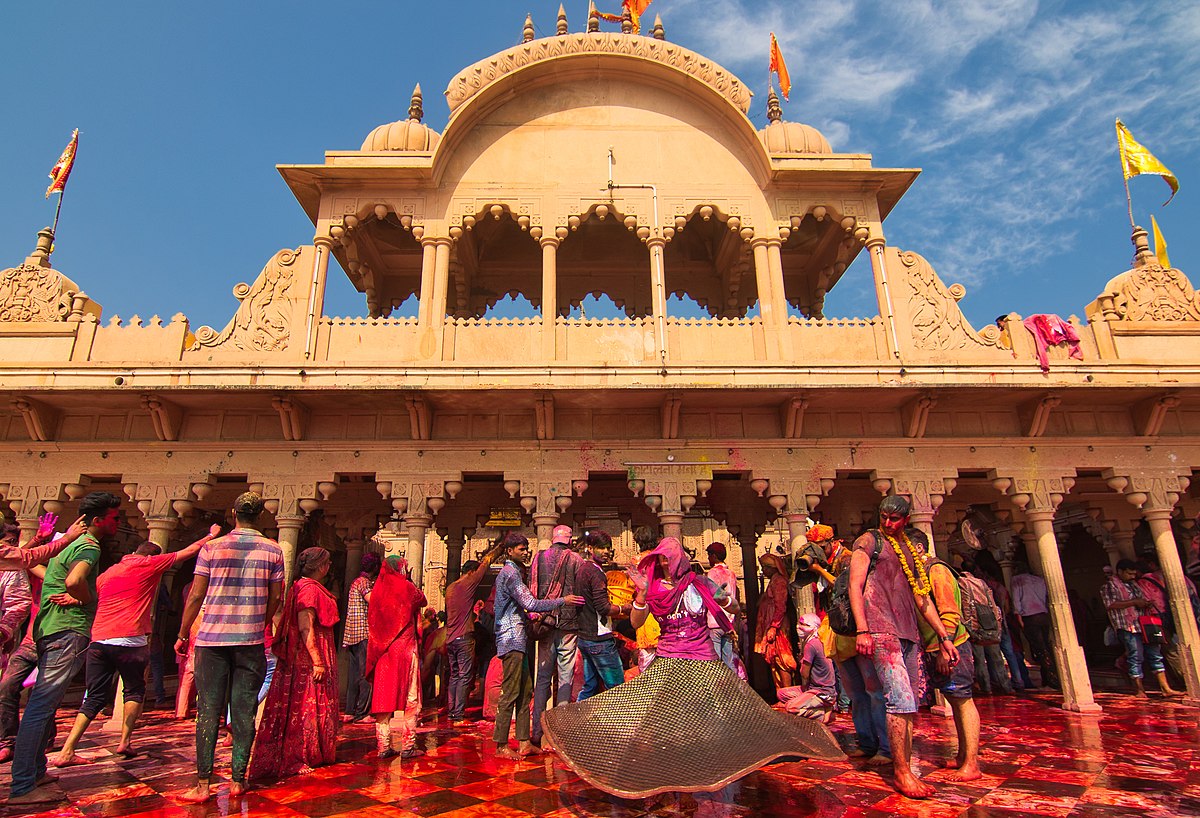
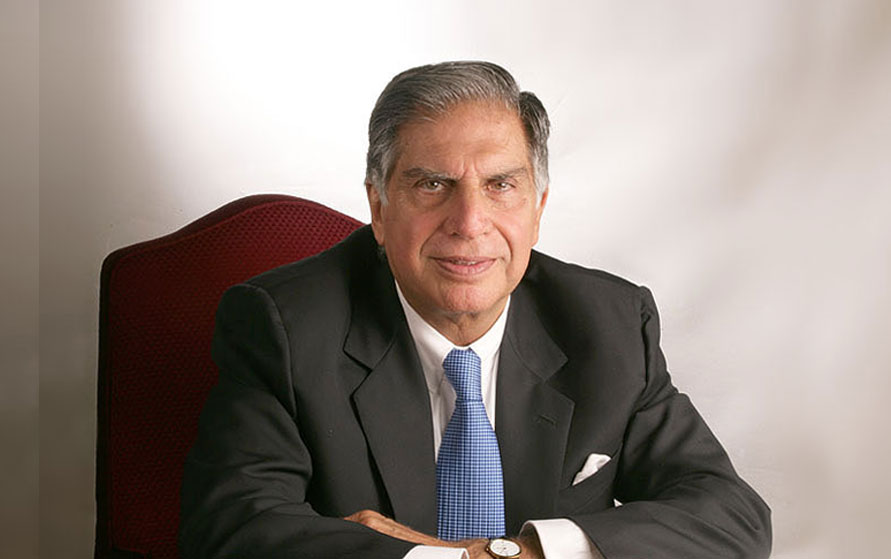



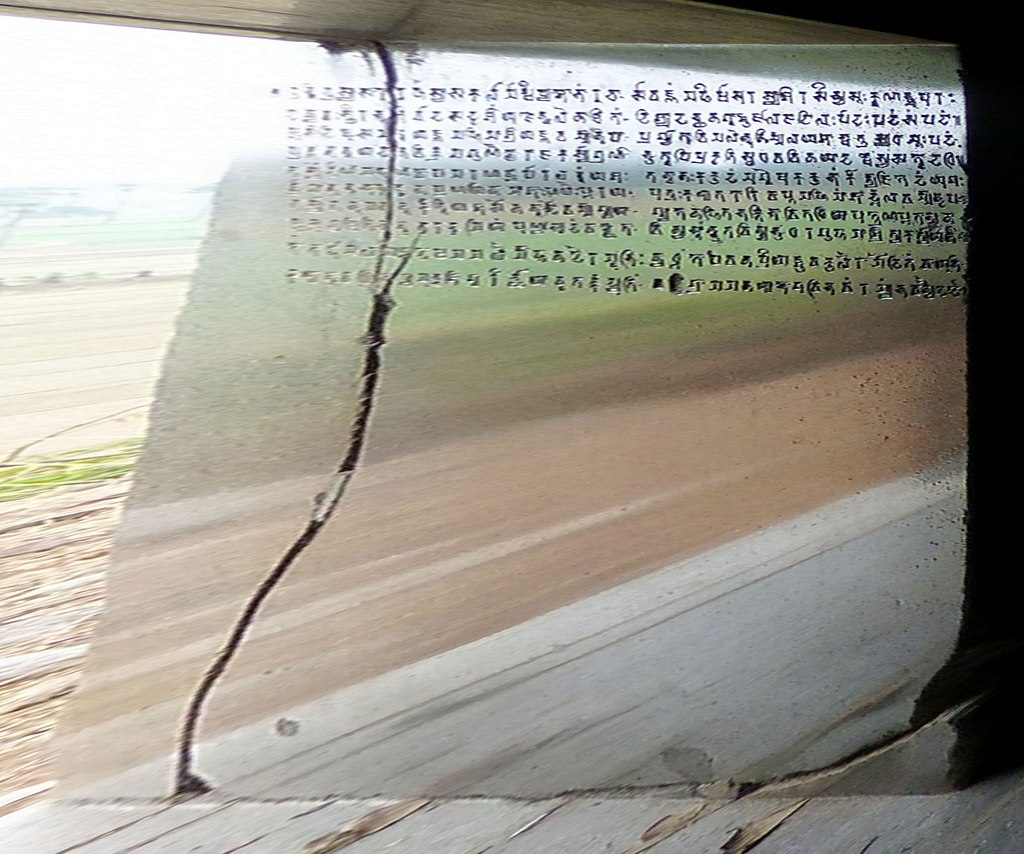






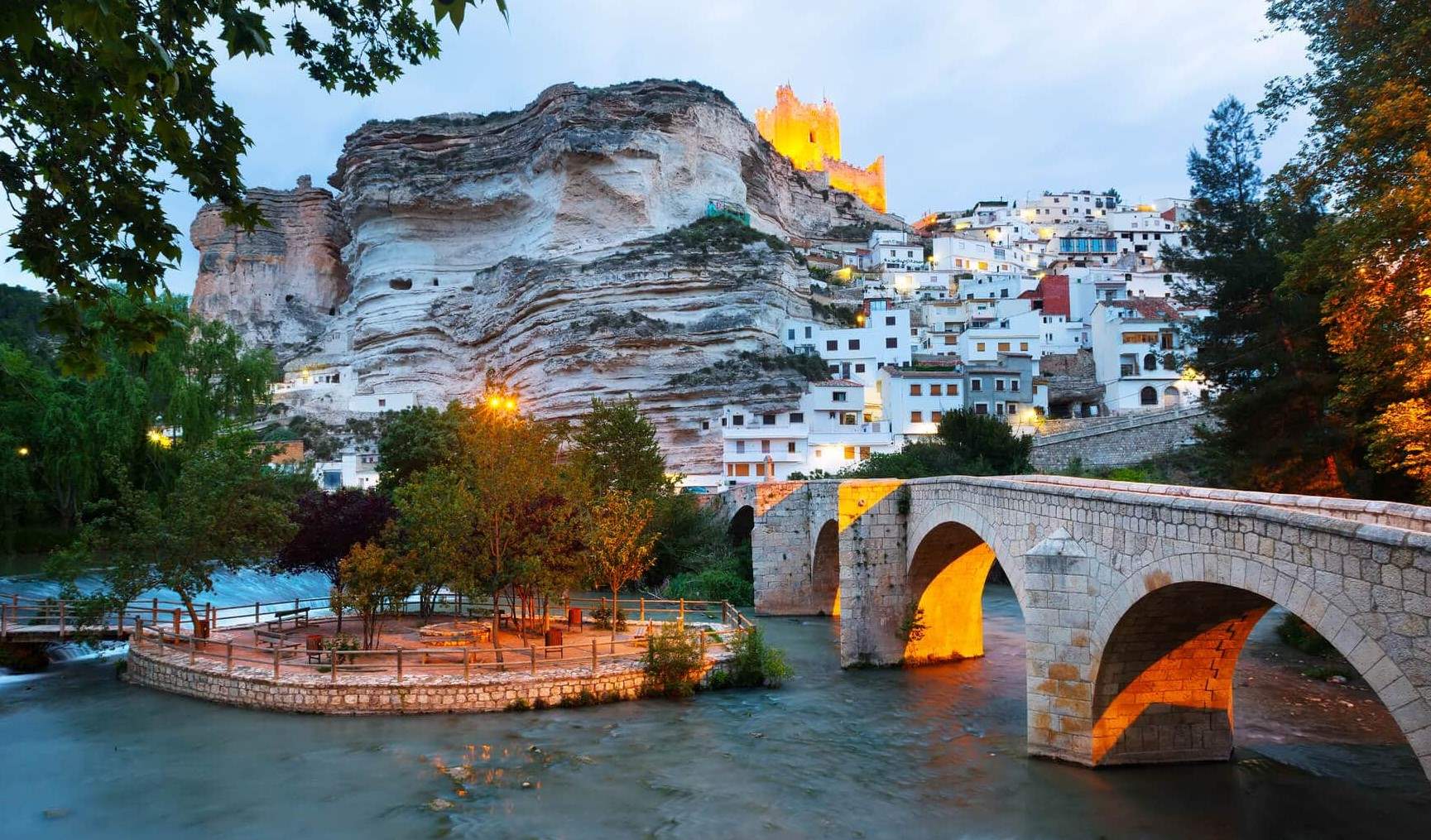


Comments ()